Is Saudi Aramco cooling on crude oil?
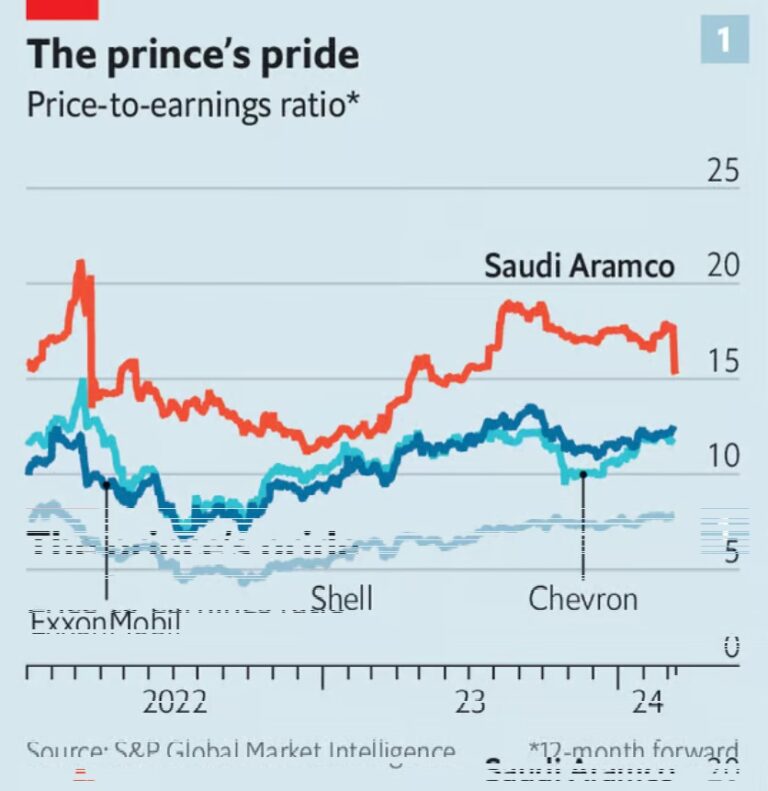
Don’t bet on it
Has saudi arabia stopped believing in a bright future for petroleum? That is the question that in recent weeks has hung over Saudi Aramco. The desert kingdom’s national oil goliath has a central position in the world’s oil markets. Its market value of $2trn, five times that of the second-biggest oil firm, ExxonMobil, and its rich valuation relative to profits are predicated in large part on its bountiful reserves of crude and its peerless ability to tap them cheaply and, as oil goes, cleanly (see chart 1). So Saudi Arabia’s energy ministry stunned many industry-watchers in January by suspending the firm’s long-trumpeted and costly plans for expanding oil-production capacity from 12m to 13m barrels per day (b/d). Was it proof that even the kingpin of oil had finally accepted that oil demand would soon peak and then begin to decline?
To get a hint of Aramco’s answer, all eyes turned to its financial results for 2023, reported on March 10th. No one expected a repeat of the year before, when high oil prices and surging demand propelled Aramco’s annual net profit to $161bn, the highest ever for any listed firm anywhere. But analysts and investors were still keenly interested in the extent of the decline in the company’s revenue and profit, in any changes to its capital-spending plans and, possibly, in the unveiling of an all-new strategy.
In the event, profits did fall sharply, from $161bn in 2022 to $121bn last year, though that was still the second-best performance in the company’s history. Thanks to a recently introduced special dividend, Aramco paid nearly $100bn to shareholders last year, 30% more than amid the bonanza of 2022. It also promised to hand over even more in 2024.
Has saudi arabia stopped believing in a bright future for petroleum? That is the question that in recent weeks has hung over Saudi Aramco. The desert kingdom’s national oil goliath has a central position in the world’s oil markets. Its market value of $2trn, five times that of the second-biggest oil firm, ExxonMobil, and its rich valuation relative to profits are predicated in large part on its bountiful reserves of crude and its peerless ability to tap them cheaply and, as oil goes, cleanly (see chart 1). So Saudi Arabia’s energy ministry stunned many industry-watchers in January by suspending the firm’s long-trumpeted and costly plans for expanding oil-production capacity from 12m to 13m barrels per day (b/d). Was it proof that even the kingpin of oil had finally accepted that oil demand would soon peak and then begin to decline?
image: the economist
To get a hint of Aramco’s answer, all eyes turned to its financial results for 2023, reported on March 10th. No one expected a repeat of the year before, when high oil prices and surging demand propelled Aramco’s annual net profit to $161bn, the highest ever for any listed firm anywhere. But analysts and investors were still keenly interested in the extent of the decline in the company’s revenue and profit, in any changes to its capital-spending plans and, possibly, in the unveiling of an all-new strategy.
In the event, profits did fall sharply, from $161bn in 2022 to $121bn last year, though that was still the second-best performance in the company’s history. Thanks to a recently introduced special dividend, Aramco paid nearly $100bn to shareholders last year, 30% more than amid the bonanza of 2022. It also promised to hand over even more in 2024.
Shovelling a larger chunk of a smaller haul to owners could, on its own, imply that the company is indeed less gung-ho about its oily future. Except that the rich dividend was accompanied by two developments that point in the opposite direction. First, Aramco is rumoured to be preparing a secondary share offering that could raise perhaps $20bn in the coming months—a move typically associated with expansion rather than contraction. Second, even more tangibly, Aramco is already ramping up capital spending.
Its annual results reveal that investments rose from less than $40bn in 2022 to around $50bn last year. In a call with analysts on March 11th Aramco confirmed that the suspension of its planned capacity expansion will save around $40bn in capital spending between now and 2028. But, it added, that does not mean Aramco is not investing. On the contrary, the aim is to spend between $48bn and $58bn in 2025, and maybe more in the few years after that.
A bit of that money will go to clean projects such as hydrogen, carbon capture, renewables and other clean-energy technologies. Some will go to cleanish ones, such as expanding Aramco’s natural-gas production by over 60% from its level of 2021 by 2030, and backing liquefied-natural-gas projects abroad. But most is aimed at ensuring that Aramco can maintain its ability to pump up to 12m b/d of crude.
Given the company’s actual output of around 9m b/d (see chart 2), this does not compromise its ability to move markets. If anything, it strengthens Aramco’s position because it implies spare capacity of 3m b/d—above the company’s historic average of 2m-2.5m b/d, according to Wood Mackenzie, a consultancy. The world’s biggest oil firm is, in other words, committed both to pumping oil and to preserving Saudi Arabia’s role as the market’s swing producer.
That is in part because the company is also committed to pumping money into the economic vision for Saudi Arabia championed by Muhammad bin Salman, the kingdom’s crown prince and de facto ruler. This became more evident on March 7th, when Aramco announced the transfer of 8% of its shares, worth $164bn, out of the hands of the government and into the Public Investment Fund (pif), a vehicle for Saudi sovereign wealth which Prince Muhammad has tasked with diversifying the economy. This leaves the pif with 16% of Aramco, compared with the 2% or so that is owned by minority shareholders and traded on the Riyadh stock exchange (the rest remains directly in the government’s hands).
In light of all this, Saudi Arabia’s plans to suspend the expansion of production capacity do not reflect a u-turn away from hydrocarbons. Rather, the pause is born of a hard-headed assessment of market realities: a surge in oil production in the Americas, soft demand in China and cuts to output from the opec cartel (of which Saudi Arabia is the most powerful member). As Amin Nasser, Aramco’s chief executive, summed it up in the results presentation, “Oil and gas will be a key part of the global energy mix for many decades to come, alongside new energy solutions.” And so will Aramco. ■
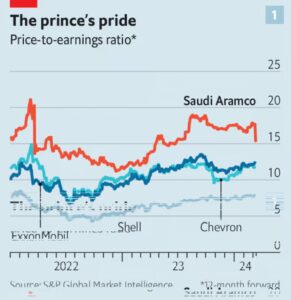
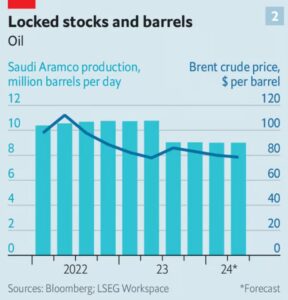
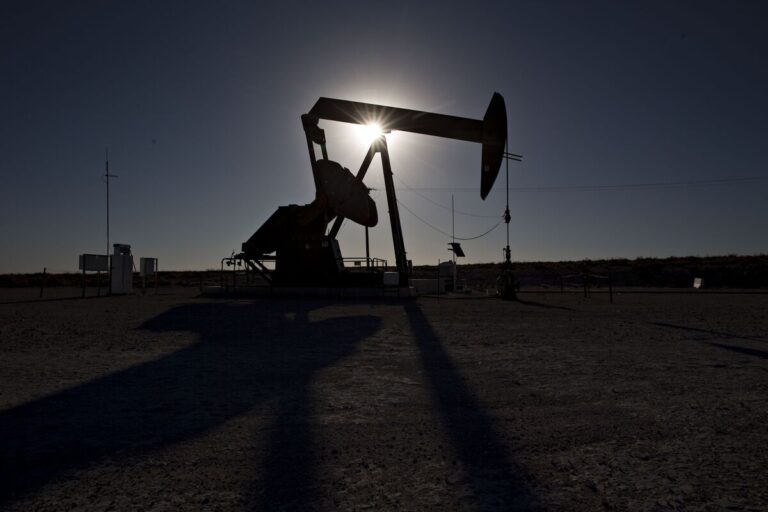
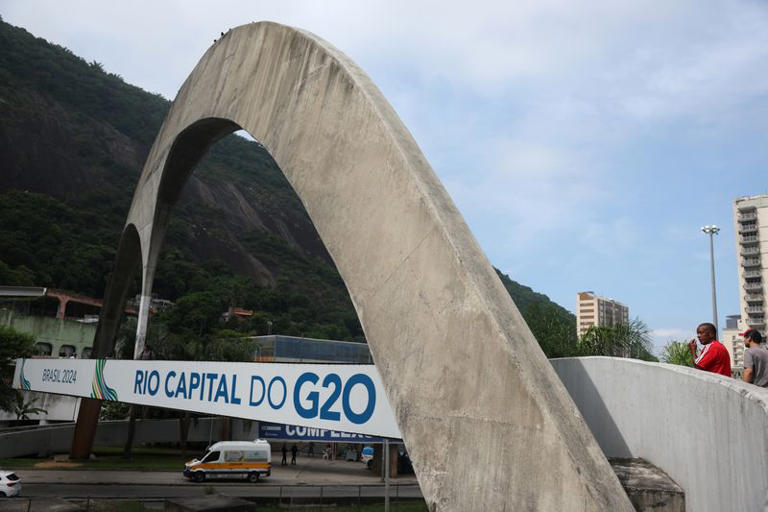
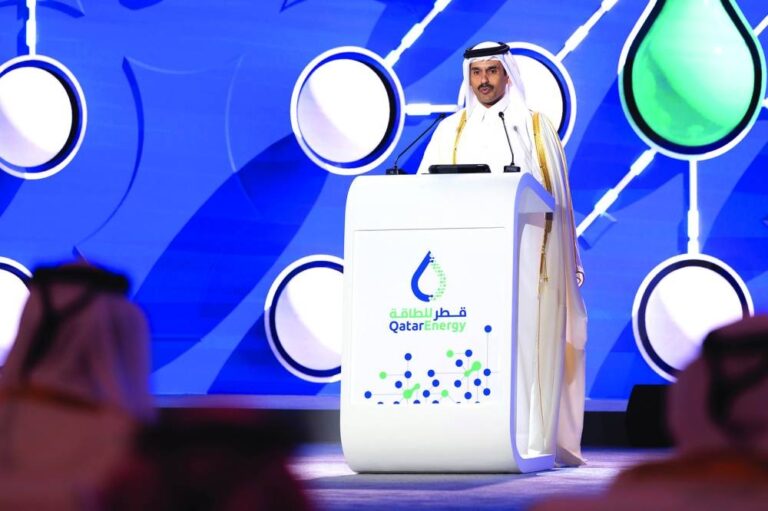
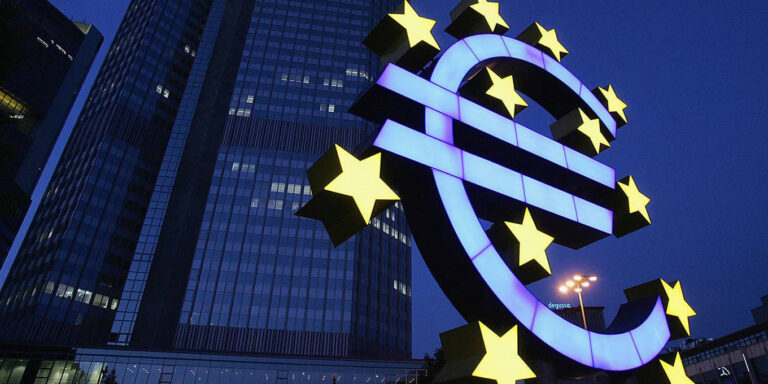
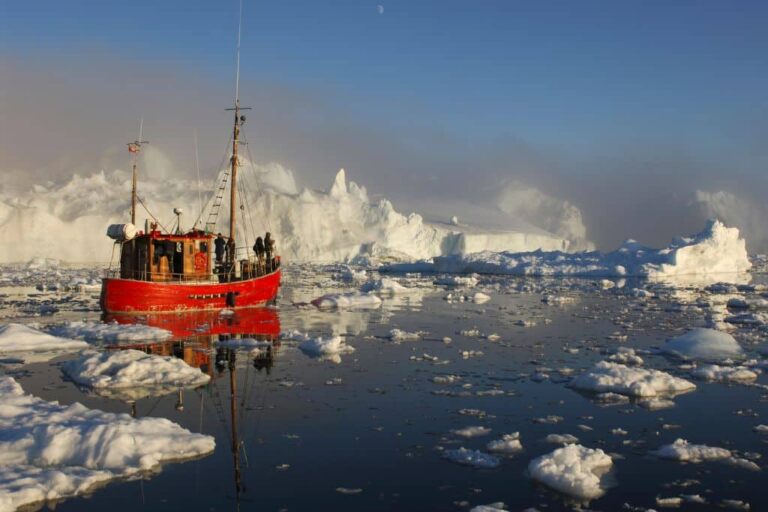
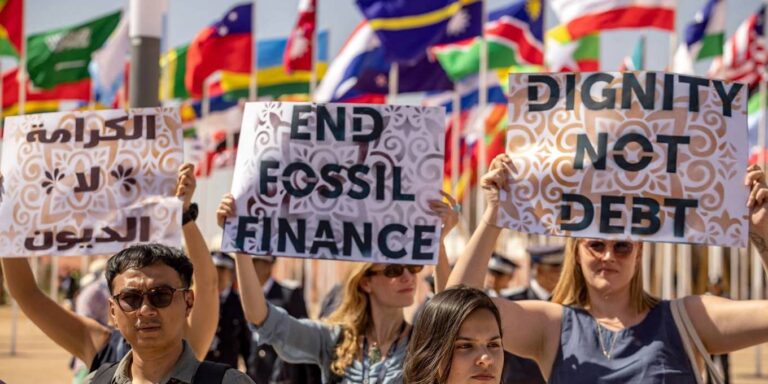
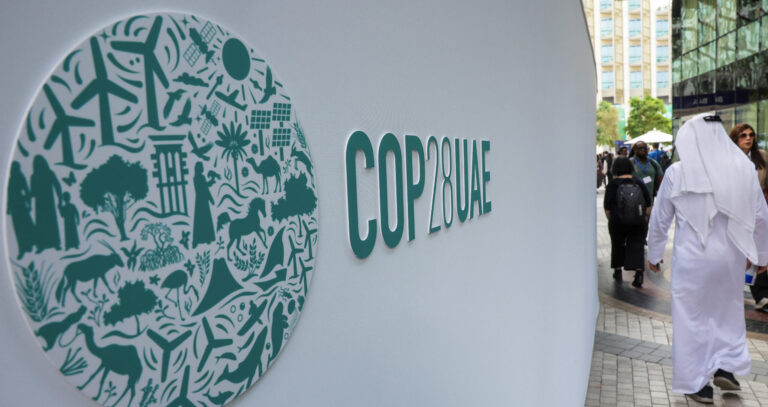
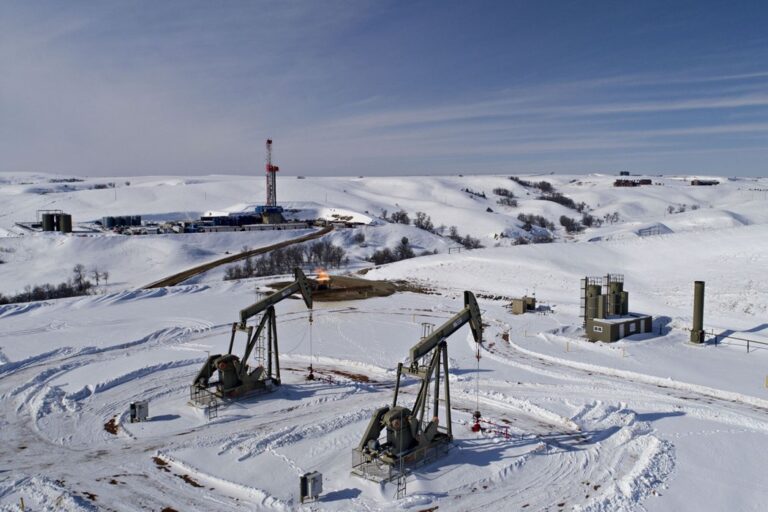
FLORENCE – The 25th anniversary of the euro’s introduction, which has passed largely under the radar, offers an opportune moment to assess the current state of the greatest monetary experiment in modern history.
The euro’s launch in January 1999 polarized economists. In the face of much skepticism – the late American economist Martin Feldstein even argued that the single currency could trigger a war in Europe – the euro’s architects envisioned a future characterized by macroeconomic stability, anchored by an independent central bank and a fiscal framework geared toward stability. Structural reforms, which the European Union’s member states were expected to implement, were meant to enhance the monetary union’s capacity to adjust to shocks.
None of those scenarios materialized. Over the past quarter-century, the euro has shown extraordinary resilience, navigating through several critical challenges and defying early predictions of its collapse. But while the single currency has delivered on some of its promises – most notably, maintaining price stability for most of its existence – it has failed to boost Europe’s potential growth or facilitate the continent’s full economic and political integration.
This mixed record can be attributed largely to the fact that Europe’s economic union was incomplete from the outset. Despite the significant progress that has been made since its inception, the eurozone’s fiscal and economic frameworks remain woefully underdeveloped compared to its monetary infrastructure.
To understand the consequences of the eurozone’s unfinished architecture, it is useful to divide the past 25 years into four distinct periods. The first phase, from 1999 to 2008, could be labeled the “2% decade”: economic growth, inflation, and budget deficits (as a share of GDP) all hovered around this rate. This phase was characterized by the excessive optimism of the “Great Moderation.”
But the internal imbalances that emerged during this period would haunt the eurozone for years to come. The convergence of interest rates, evidenced by minimal spreads, resulted in overly sanguine portrayals of member states’ public finances. Simultaneously, loose fiscal and monetary conditions reduced European governments’ incentives to undertake structural reforms and bolster their banking systems.
Nominal convergence also masked more profound structural disparities, as capital flowed from the eurozone’s richest members to their poorer counterparts, where it was frequently channeled into less productive sectors, such as real estate and non-tradable services, often through instruments like short-term bank loans. Consequently, while the eurozone’s current accounts appeared balanced, significant imbalances emerged.
The fallout from the 2008 global financial crisis, particularly the discovery that Greece had lied about its budget deficits and debt, eroded trust among member states. The prevailing narrative shifted to one of moral hazard, emphasizing the need for each country to get its own house in order. By the time eurozone governments finally coordinated a response – establishing the European Stability Mechanism (ESM), launching the banking union project, introducing the European Central Bank’s Outright Monetary Transactions program, and expanding the ECB’s balance sheet – the euro appeared to be on the brink of collapse.
The key turning point was the pledge by then-ECB President Mario Draghi to do “whatever it takes” to preserve the euro in July 2012. But with monetary policy increasingly viewed as the “only game in town,” the eurozone’s economic and financial structures remained fragmented.
The COVID-19 crisis changed that. The exogenous nature of the pandemic shock, together with the lack of impending elections, enabled EU leaders – led by French President Emmanuel Macron, then-German Chancellor Angela Merkel, and European Commission President Ursula von der Leyen – to present a unified front, unencumbered by the pressure to avoid moral hazard. The EU suspended the Stability and Growth Pact, which had previously capped member states’ budget deficits at 3% of GDP, and rolled out the Support to mitigate Unemployment Risks in an Emergency and the NextGenerationEU recovery programs, financing both through common borrowing. Meanwhile, the ECB introduced its €1.85 trillion ($2 trillion) Pandemic Emergency Purchase Program.
Although this demonstration of collective leadership reassured markets, fueling an economic rebound, the optimism proved to be short-lived. A global inflationary surge, fueled by robust macroeconomic stimulus and pandemic-related supply-chain disruptions, was exacerbated by the energy-price shock that followed Russia’s full-scale invasion of Ukraine. Although European policymakers worked together to reduce the EU’s dependence on Russian gas, they failed to mount a collective response akin to the NextGenerationEU initiative. Confronted with rising deficits and debt, not to mention the most aggressive monetary-tightening cycle since the 1980s, EU countries have once again put eurozone reforms on hold.
Two important lessons follow from the euro’s first 25 years. First, the monetary union’s incomplete institutional framework has proven to be both costly and dangerous. Finalizing the banking union, especially the creation of a common resolution fund with the backstop of the ESM and deposit insurance, is essential to ensure stability and bolster the international role of the euro. Thus, Italy’s recent failure to ratify the ESM treaty is a serious setback. Pushing forward the capital market union is essential if Europe is to meet the financial challenges posed by the digital and green transitions. To achieve all of this, EU leaders must strike a balance between risk sharing and risk reduction.
Second, completing the euro is crucial for safeguarding and developing the EU’s greatest achievement: the single market. European countries’ current pursuit of national industrial policies, funded through state aid, undermines the core values of the single-market project. To address this challenge, the EU must formulate a cohesive European industrial policy. This should include an increase in cross-border investments, focusing on European public goods such as human-capital development, the availability of critical materials, and the green and digital transitions.
After the fall of the Berlin Wall, German Chancellor Helmut Kohl, French President François Mitterrand, and European Commission President Jacques Delors turned the dream of a single currency into a reality. During the COVID-19 crisis, Macron, Merkel, and von der Leyen managed to overcome seemingly insurmountable obstacles and achieve a historic breakthrough. Now, a quarter-century after its introduction, the euro requires visionary leaders to shepherd European sovereignty to its next phase.
This article draws on the CEPR Policy Insights February 1, 2024, paper “The First 25 Years of the Euro,” written under the auspices of the European University Institute’s Economic and Monetary Union Laboratory (EMU Lab).